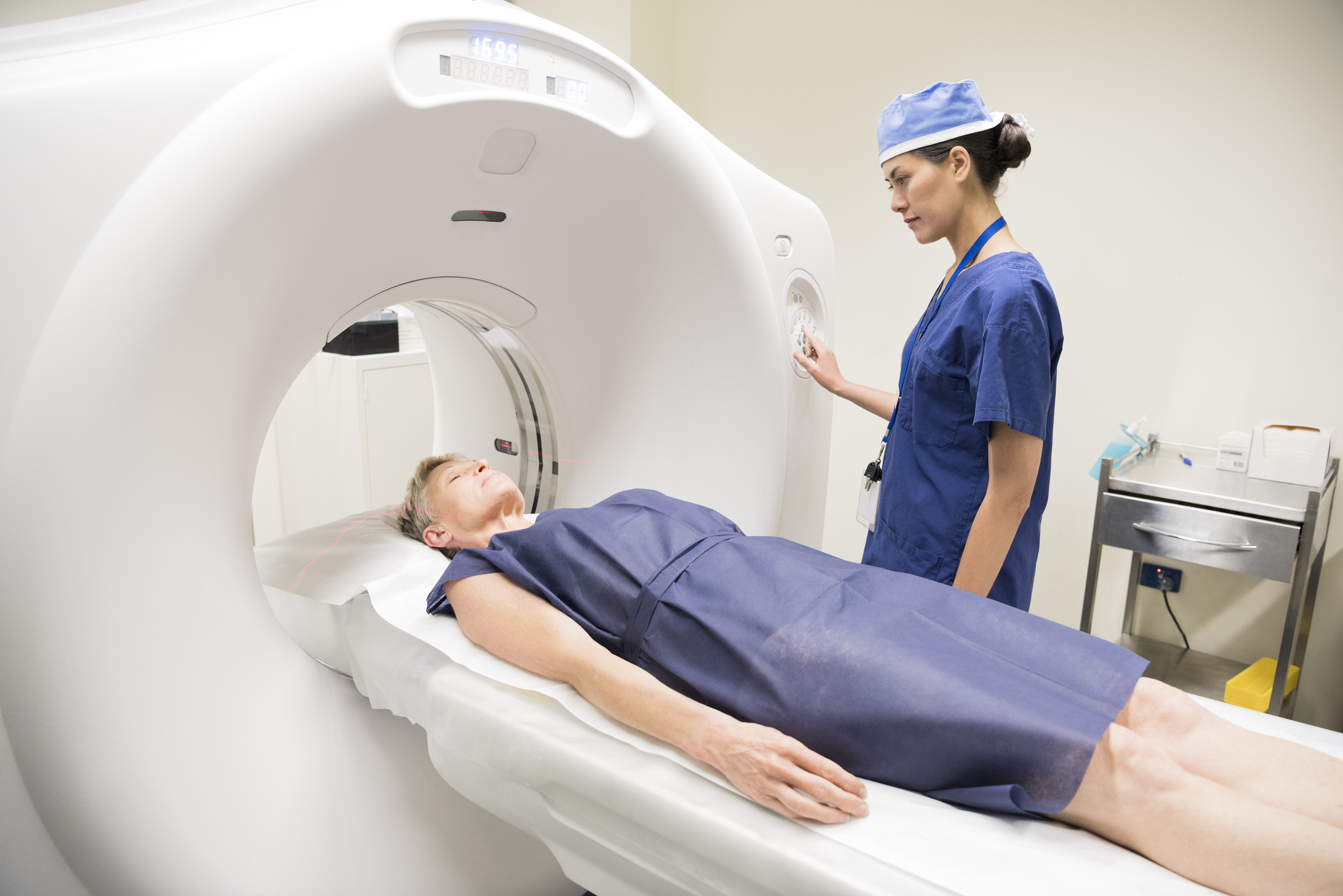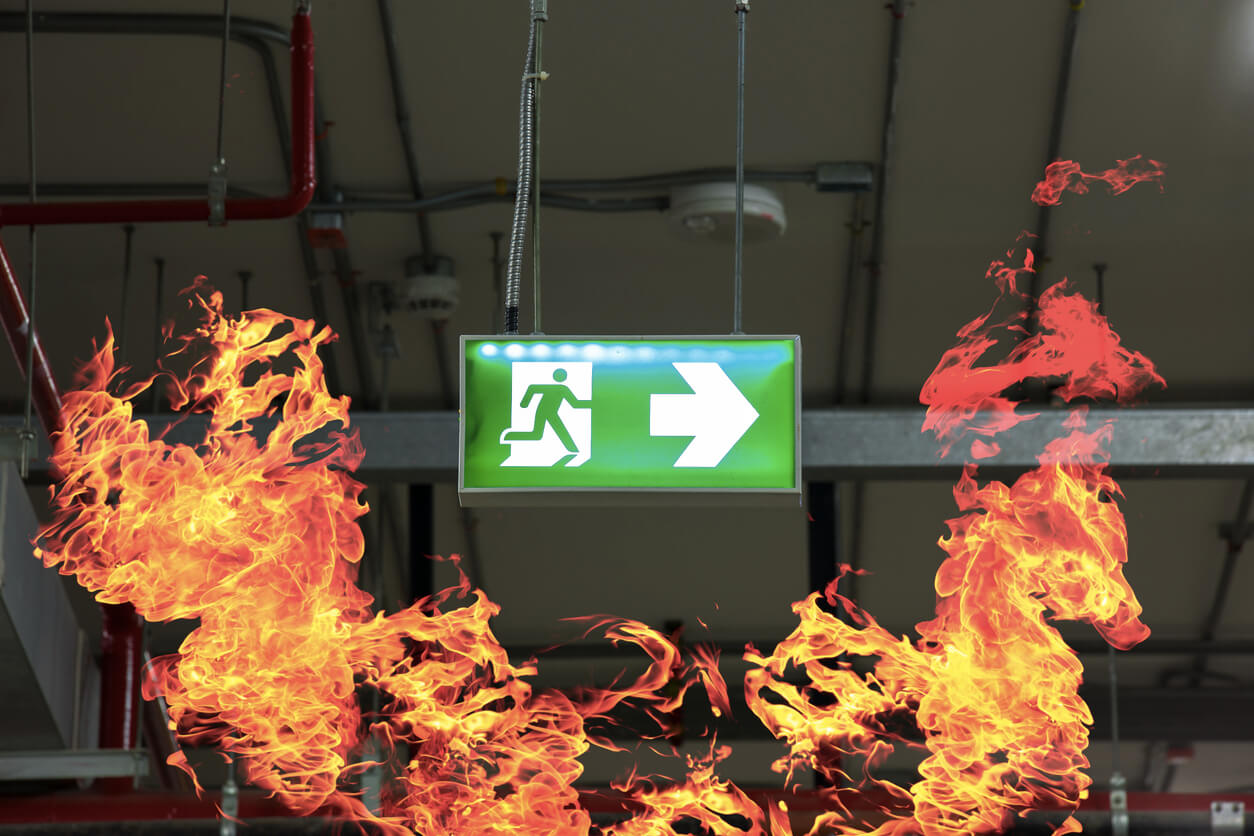COVID has heightened awareness around the need to protect critical healthcare infrastructure which is worth billions of dollars in Australia. Poorly maintained equipment will affect the bottom line and most importantly doctor and patient safety, particularly in high risk environments such as ICU. Reactive, unplanned repairs (breakdowns) are the outcome of poorly protected or maintained equipment.
Read full article
By Rod Kington, National Manager - Sustainability What are energy-efficient buildings? Energy-efficient buildings follow the net-zero concept for green technology and global emission reduction. By installing systems to reclaim the same amount of energy and emissions that are lost, these buildings aim to become self-sufficient within their environment. Following the net-zero concept means t
Read full article
The need to protect buildings with a cyber security system can be correlated to the increasing profile and volume of attacks against these assets. It is no longer possible to remain blissfully unaware that buildings without a proper Building Management System (BMS) are valuable targets for cyber threats and cyber-attacks. One of the first high-profile attacks in 2014 was targeted at a large US ret
Read full article
By Robert Westerhout, Compliance Manager – FireThe Building Code of Australia details the minimum design criteria for fire safety measures in a building. These requirements are based on the Available Safe Egress Time (ASET) being less than the Required Safe Egress Time (RSET). ASET is the time it takes from fire ignition for conditions to be untenable. RSET is the time it takes from fire ignitio
Read full article